These days, most business-related correspondence takes place online via email. Because of this, it is essential for those working in business to learn how to write effective formal emails. The proper format of an email greatly aids professionalism and effective communication. Best practices for email formatting will be discussed in this article, empowering you to build messages that are both aesthetically pleasing and effective in their intended purpose. It doesn't matter if you're a seasoned professional or just starting out in the business world; knowing how to properly structure an email is critical to effective communication.
Best Practices For Email Formatting
10 Formal and Professional Email Examples
What Is The Most Common Email Format?
The formal email format typically consists of the following components:
Subject Line
The subject line should be concise and accurately summarize the content of the email. It helps the recipient understand the purpose of the email and decide whether to open it or not.
Salutation
The salutation is the greeting at the beginning of the email. It should be respectful and address the recipient by their proper title and name (e.g., Dear Mr. Smith or Dear Dr. Johnson).
Introduction
In the introduction, you should give a high-level summary of the reason for writing the email. It needs to be clear and succinct in order to get the attention of the recipient.
Body
The body of the email contains the main message or information that you want to convey. It should be organized and divided into paragraphs or bullet points for better readability. Use clear and concise language to communicate your ideas effectively.
Conclusion
The conclusion summarizes the main points of the email and may include any necessary actions or requests. It should also express gratitude or appreciation for the recipient's time and consideration.
Closing
The closing of the email is a polite way to end the message. It should be professional and include your full name and contact information, such as your phone number and email address.
Signature
The signature block at the end of the email includes additional contact information and any relevant professional titles or affiliations. It is a way to provide further context and credibility to the sender.
What's The Difference Between Formal and Informal Email Writing?
The main difference between formal and informal email writing lies in the tone, language, and structure used. While formal emails are used for professional and business communication, informal emails are more casual and used among friends, family, or acquaintances.
Formal Email Writing
In formal email writing, the tone is professional and respectful. The language used is formal and avoids slang or colloquial expressions. The structure follows a specific format, as mentioned above, with a clear subject line, proper salutation, concise introduction, organized body, summarizing conclusion, professional closing, and detailed signature.
Informal Email Writing
On the other hand, informal email writing allows for a more relaxed and casual tone. The language is conversational and can include slang or informal expressions. The structure is more flexible and may not include all the formal components. Informal emails often have a more personal touch and may begin with a simple greeting like "Hi" or "Hey" instead of a formal salutation.
What Is The Maximum Number Of Characters Per Line For an Email?
Emails should not exceed 70 characters total, with 60 being the optimal maximum length for a line. This is due to the fact that emails are seen on a wide variety of devices and screen sizes, making a narrower width preferable for readability.
Keeping your email lines to a maximum of 60-70 characters helps ensure that your email content is displayed properly without the need for horizontal scrolling. It also allows for better readability on mobile devices, which are becoming increasingly popular for email consumption.
What Are Some Best Practices For Email Formatting?
To create professional and effective emails, here are some best practices for email formatting that you should follow:
1. Use a Clear and Concise Subject Line
The subject line should accurately summarize the content of the email and give the recipient an idea of what to expect. Avoid using vague or generic subject lines that can be easily overlooked.
2. Keep The Email Body Organized
Break your email into paragraphs or bullet points to make it easier to read and understand. Use proper formatting tools such as bold or italic styles to highlight important information.
3. Use Professional Language
When writing emails, it is important to use professional and respectful language. Avoid using slang or informal expressions, and proofread your email for any grammatical or spelling errors.
4. Keep The Email Length Appropriate
While it is important to provide all the necessary information, it is also important to keep your email concise and to the point. Avoid writing long, wordy emails that can overwhelm the recipient.
5. Proofread Before Sending
Before hitting the send button, take a few moments to proofread your email for any grammatical errors or typos. A well-written and error-free email shows attention to detail and professionalism.
6. Be Mindful Of Tone and Language
Email can sometimes be perceived differently from how it was intended. Be mindful of your tone and use appropriate language and phrasing to ensure your message is clear and respectful.
7. Use a Professional Email Signature
Include a professional email signature at the end of your email. This should include your full name, job title, company name, and contact information such as phone number and email address. This adds credibility and makes it easier for the recipient to get in touch with you.
8. Use Proper Formatting
Use a professional font and font size for your email. Stick to standard fonts such as Arial, Times New Roman, or Calibri, and use a font size of 10 or 12. Avoid using excessive colors, bold or italic styles, or fancy fonts that can make your email look unprofessional.
9. Use Appropriate Greetings and Closings
Start your email with a professional greeting such as "Dear [Recipient's Name]" or "Hello [Recipient's Name]," and end it with a polite closing such as "Best regards" or "Sincerely." This sets the tone for a professional and respectful conversation.
10. Pay Attention To The Email Layout
Make sure your email is visually appealing and easy to read. Use proper spacing between paragraphs, and consider using bullet points or numbered lists for clarity. Avoid writing long blocks of text that can be overwhelming for the recipient.
11. Use a Verified Email Address or Business Email
Use a verified email address or a business email for sending professional emails. Avoid using personal email addresses or email addresses with unprofessional usernames. Having a professional email address adds credibility and professionalism to your communication.
What Is The Difference Between The HTML and Plain Text Format Of an Email?
Plain Text Email Format
Plain text format is the most basic form of email communication. It consists of plain, unformatted text without any styling or visual elements. When you send an email in plain text format, you are essentially sending a simple text message that can be read by any email client or device. This format is ideal for sending messages that require no special formatting or visual enhancements, such as simple text-based announcements, memos, or quick replies.
HTML Text Email Format
However, you can add many kinds of formatting and visual components to your email using the HTML format. The standard language used to build web pages is called HTML, or HyperText Markup Language. You can include formatting features like bullet points, numbered lists, headings, paragraphs, and bold and italicized text with HTML formatting. You can also include tables, videos, hyperlinks, and images in your emails. When you want to generate aesthetically appealing and compelling emails, like newsletters, marketing campaigns, or product announcements, you frequently utilize this format.
10 Formal and Professional Email Examples By Email Type
1. Thank you email:
Subject: Thank you for the meeting
Dear [Recipient's Name],
I wanted to take a moment to express my gratitude for the opportunity to meet with you today. It was a pleasure discussing [topic of the meeting] and gaining valuable insights from your expertise. I truly appreciate your time and the valuable information you shared.
If there are any further actions or follow-ups required, please do not hesitate to reach out to me. I look forward to the possibility of working together in the future.
Best regards,
[Your Name]
2. Cover Letter:
Subject: Application for [Position Title]
Dear Hiring Manager,
I am writing to express my interest in the [Position Title] at [Company Name]. With [number of years] of experience in [relevant field], I am confident that my skills and qualifications align perfectly with the requirements of this role.
In my previous position at [Previous Company], I successfully [mention a relevant accomplishment or responsibility]. This experience has equipped me with [mention key skills or traits] that I believe will greatly contribute to the success of [Company Name].
Please find attached my resume for your review. I would welcome the opportunity to discuss how my skills and experience can benefit [Company Name]. Thank you for considering my application. I look forward to the possibility of further discussing my qualifications with you.
Sincerely,
[Your Name]
3. Meeting Request:
Subject: Request for a meeting
Dear [Recipient's Name],
I hope this email finds you well. I would like to request a meeting with you to discuss [topic of the meeting]. Based on my research and understanding of your expertise in this area, I believe that a meeting with you would be highly beneficial.
I am available [provide specific date(s) and time(s)] for the meeting. Please let me know if any of these options work for you. If not, kindly suggest an alternative date and time that would be convenient for you.
I look forward to your favorable response and the opportunity to meet with you.
Best regards,
[Your Name]
4. Formal Letter Of Appreciation:
Subject: Thank you for your support
[Recipient's Name],
I am writing this letter to express my deepest appreciation for your support and assistance during [specific event or project]. Your dedication, expertise, and commitment to excellence were instrumental in the success of the endeavor.
I would like to specifically acknowledge and commend [mention specific actions or contributions]. Your exceptional skills and professionalism have made a significant impact and have been noticed by the entire team.
I am grateful for the opportunity to work with someone of your caliber and admire your ability to consistently deliver exceptional results. Your positive attitude and willingness to go above and beyond have been truly inspiring.
Once again, thank you for your invaluable contributions. I look forward to the possibility of collaborating with you on future endeavors.
With sincere gratitude,
[Your Name]
5. Reminder Email:
Subject: Reminder: [Upcoming Event/Deadline]
Dear [Recipient's Name],
I hope this email finds you well. I wanted to send a friendly reminder about [upcoming event/deadline] that is quickly approaching.
As discussed previously, [provide details about the event or deadline]. It is important that we stay on track and ensure that all necessary preparations are made before the deadline.
I kindly ask that you please review the attached documents and complete any pending tasks or deliverables by [deadline]. If you have any questions or need further assistance, please do not hesitate to reach out to me.
Thank you for your attention to this matter. Your prompt action will greatly contribute to the success of [event/project].
Best regards,
[Your Name]
6. Letter Of Apology:
Subject: Apology for the inconvenience caused
[Recipient's Name],
I am writing this letter to sincerely apologize for the inconvenience caused by [specific incident/event]. I understand that this situation has caused disruption and frustration, and I take full responsibility for the oversight.
I deeply regret any inconvenience or negative impact this issue may have caused you or your team. Please know that we are actively working to rectify the situation and prevent it from happening again in the future.
I assure you that we are taking this matter very seriously and have implemented measures to address the root cause. We are conducting a thorough investigation to understand what went wrong and are committed to making the necessary improvements to prevent similar incidents from occurring.
I understand that actions speak louder than words, and I want to assure you that we are committed to regaining your trust and providing the high level of service you expect from us. We value your business and appreciate your patience and understanding during this time.
If there is anything further we can do to rectify the situation or assist you in any way, please do not hesitate to reach out to me directly. I am here to listen to your concerns and ensure that they are addressed promptly and effectively.
Once again, please accept my sincerest apologies for any inconvenience caused. We are fully committed to resolving this issue and look forward to the opportunity to serve you better in the future.
Yours sincerely,
[Your Name]
7. Feedback Email:
Subject: Request for Feedback on [Product/Service]
Dear [Customer/Client's Name],
I hope this email finds you well. I am writing to kindly request your feedback on your recent experience with our [product/service]. We greatly value your opinion and believe that your input will help us improve and provide an even better experience for our customers.
Your feedback is crucial to us, as it enables us to understand what we are doing well and where we can make improvements. We are constantly striving to exceed our customers' expectations, and your honest feedback will guide us in achieving this goal.
To make it convenient for you, I have prepared a brief survey that will only take a few minutes to complete. The survey consists of [number of questions] and covers various aspects of your experience with our [product/service]. Your responses will remain anonymous and will be used solely for internal purposes to enhance our offerings.
Please find the survey attached to this email. I kindly request that you complete it by [deadline] so that we can gather your valuable insights and take appropriate actions based on your feedback.
Your time and feedback are highly appreciated, and we genuinely value your opinion. As a token of our gratitude, every participant who completes the survey will be entered into a drawing for a chance to win [incentive] as a thank you for your participation.
If you have any questions or encounter any issues while completing the survey, please do not hesitate to reach out to me directly. I am here to assist you in any way and ensure a smooth survey experience for you.
Thank you once again for your continued support and for taking the time to provide your feedback. We look forward to hearing from you and using your insights to enhance our [product/service].
Yours sincerely,
[Your Name]
8. Sick Leave Mail Format:
Subject: Request for Sick Leave
Dear [Supervisor/Manager's Name],
I hope this email finds you well. I am writing to inform you that I am unwell and will not be able to come into work for the next few days. I have seen a doctor who has advised me to take some time off to recover.
I apologize for any inconvenience my absence may cause, and I will ensure that any pending tasks or deadlines are delegated or completed before my absence. I have already informed my teammates, and they are aware of the situation.
I will provide you with any necessary updates regarding my health and availability during my absence. If there are any urgent matters that require my attention, please feel free to contact me via email or phone, and I will do my best to assist remotely.
I understand the importance of my role and responsibilities within the team, and I assure you that I will make a prompt recovery and return to work as soon as possible. I will strive to minimize any disruption caused by my absence.
Please let me know if there are any specific procedures or documents that I need to complete for the sick leave request. I will be happy to comply with any requirements.
Thank you for your understanding and support during this time. I appreciate your consideration and look forward to returning to work soon.
Yours sincerely,
[Your Name]
9. Raise Request:
Subject: Request for Salary Review
Dear [Supervisor/Manager's Name],
I hope this email finds you well. I am writing to discuss the possibility of a salary review for my position at [Company Name].
Over the past [time period], I have consistently demonstrated a high level of performance and have successfully contributed to the growth and success of the company. I have taken on additional responsibilities, consistently exceeded targets, and received positive feedback from both clients and colleagues.
Based on my contributions and the current market conditions, I believe that a salary review is warranted. I have conducted extensive research on industry standards and have found that my current salary is below the average compensation for similar positions.
I would like to request a meeting with you to discuss this matter further and provide supporting documentation, such as performance reviews and industry salary data. I am confident that my achievements and dedication to the company make a strong case for a salary increase.
I understand that the company may have budget constraints and I am open to discussing alternative compensation options, such as performance-based bonuses or additional benefits. My main goal is to ensure that my salary reflects the value I bring to the organization.
I greatly appreciate your time and consideration of my request. I believe that a fair and competitive salary is not only a reflection of my skills and contributions, but also an investment in my continued motivation and commitment to the company.
Please let me know a convenient time for us to meet and discuss this matter. I look forward to the opportunity to present my case and discuss potential solutions.
Thank you for your attention to this matter.
Sincerely,
[Your Name]
10. Client Email Updated On Project:
Subject: Project Update - [Project Name]
Dear [Client's Name],
I hope this email finds you well. I wanted to provide you with an update on the progress of our project, [Project Name], and inform you of the latest developments.
Firstly, I would like to express my gratitude for your continued support and collaboration throughout this project. Your input and feedback have been instrumental in ensuring that we are delivering a solution that meets your specific requirements.
As of today, we have successfully completed [milestone/phase] of the project. This milestone involved [brief description of completed tasks]. We are pleased to inform you that all deliverables have been met within the agreed timeline and budget.
Moving forward, our team will be focusing on [next milestone/phase]. This phase will involve [brief description of upcoming tasks]. We have carefully planned the timeline and allocated resources to ensure a smooth and efficient execution.
Throughout the project, we have been closely monitoring key performance indicators to ensure that we are on track and meeting all project objectives. Our team has been diligently tracking progress and addressing any challenges that arise promptly.
We understand the importance of effective communication and transparency, and we are committed to providing you with regular updates. We will continue to keep you informed of any significant developments and progress made.
If you have any questions, concerns, or additional requirements, please do not hesitate to reach out to us. We value your feedback and want to ensure that we are meeting your expectations.
Thank you once again for your continued partnership and trust in our team. We are confident that we will successfully complete this project and deliver the desired results.
I look forward to our next milestone and providing you with another update soon. In the meantime, if you have any questions or need any further information, please feel free to contact me.
Thank you for your attention to this matter.
Sincerely,
[Your Name]
Should I Follow The Common Email Format For Business Letters?
Yes, following the common email format for business letters is recommended in order to create professional and effective emails. The common email format typically includes a subject line, salutation, body of the email, closing, and signature. This format helps to structure your email and make it easy for the recipient to read and understand. It also shows that you have taken the time to format your email properly, which adds to your professionalism. By following the common email format, you can ensure that your emails are clear, concise, and professional, making a positive impression on your recipients.
Conclusion
In summary, formatting your emails in a professional manner is essential for creating a positive impression and effective communication. By following the tips outlined in this blog post, you can ensure that your emails are clear, concise, and visually appealing. Remember to pay attention to the subject line, salutation, body of the email, closing, and signature. Use proper formatting, appropriate greetings and closings, and a verified email address or business email. By following these best practices, you can create professional emails that reflect your expertise and professionalism.
Final Thoughts
Embody your unique identity with Artlogo. Our mastery lies in the art of creating personalized handwritten signature ideas, signature logos, digital business cards, and more. Whether you're a real estate professional, a medical practitioner, a CEO, a freelancer, or part of a corporate entity, allow Artlogo to enhance each signature with a personal touch.


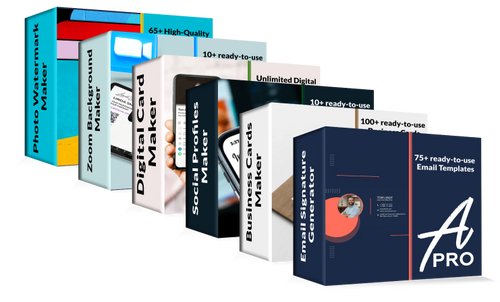
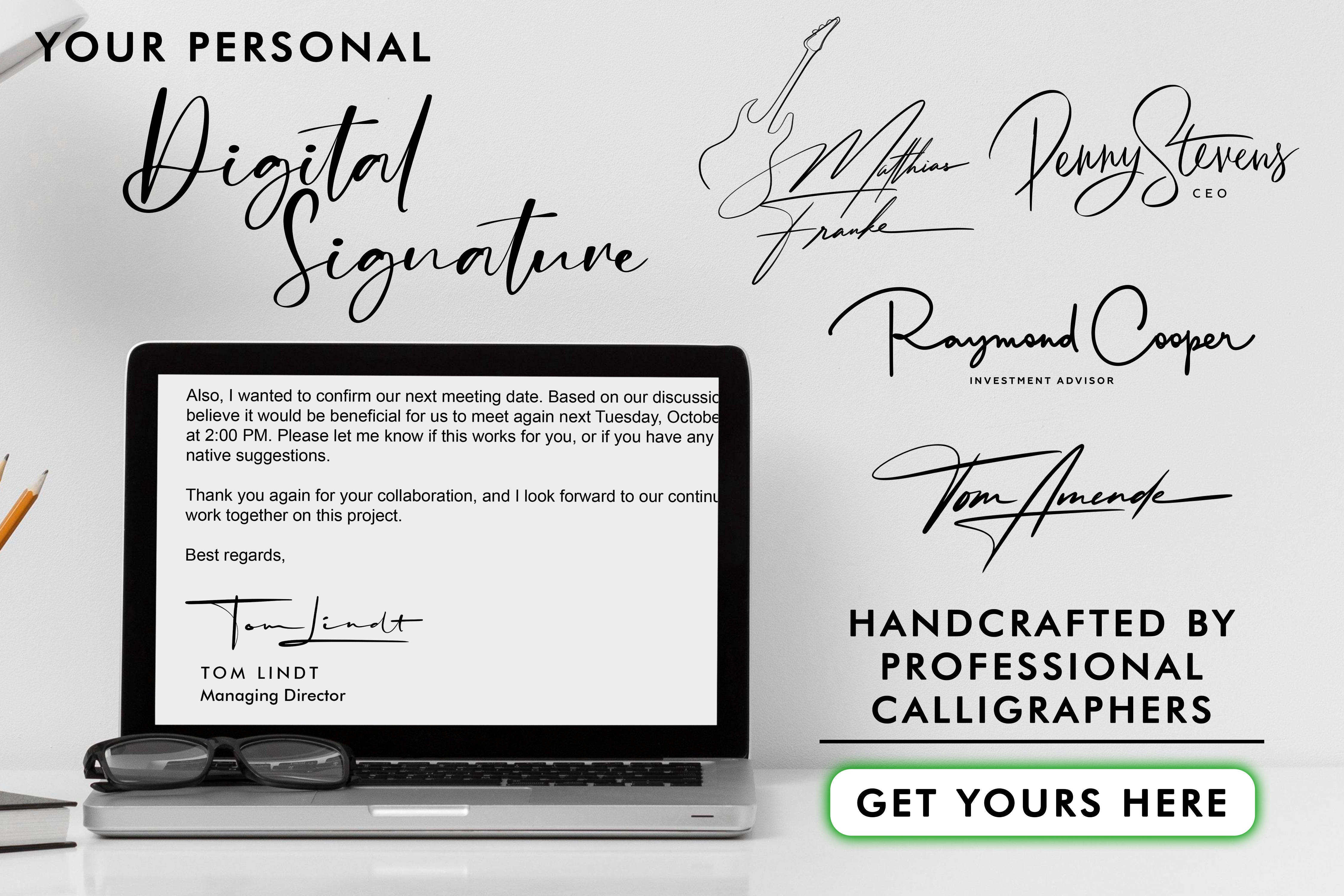
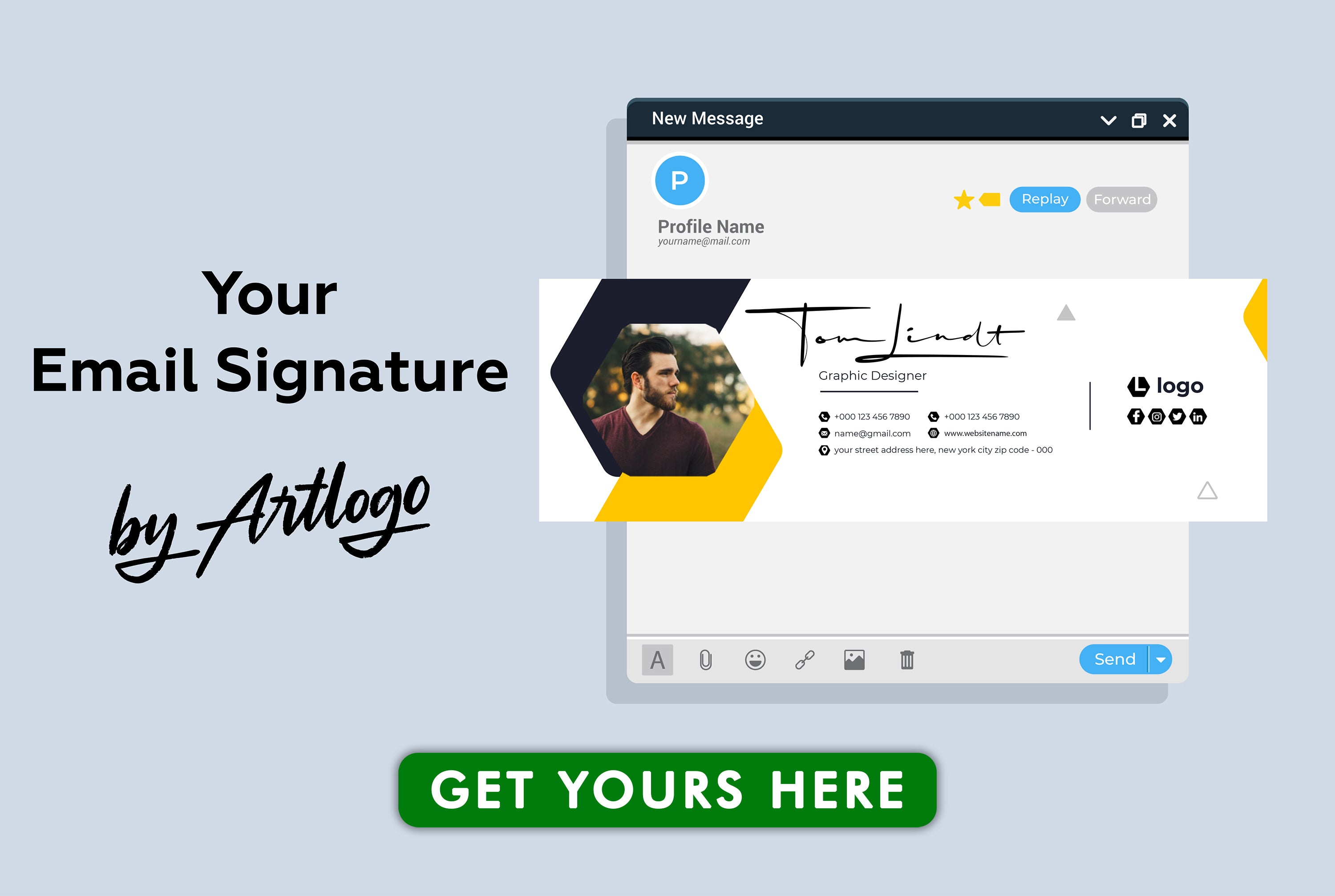
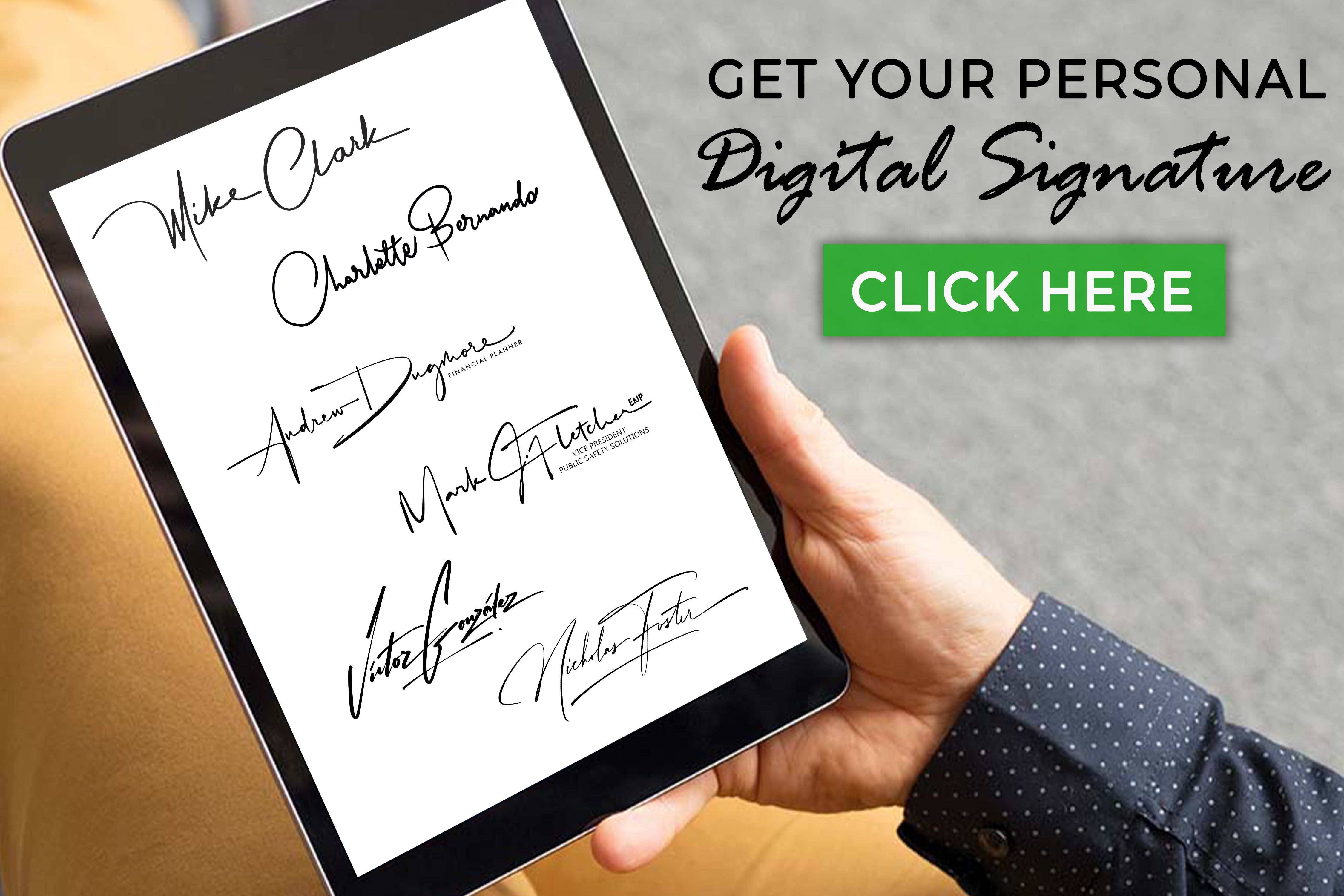





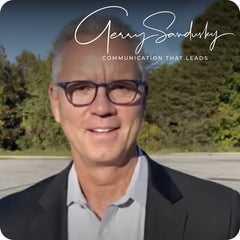















Share to: